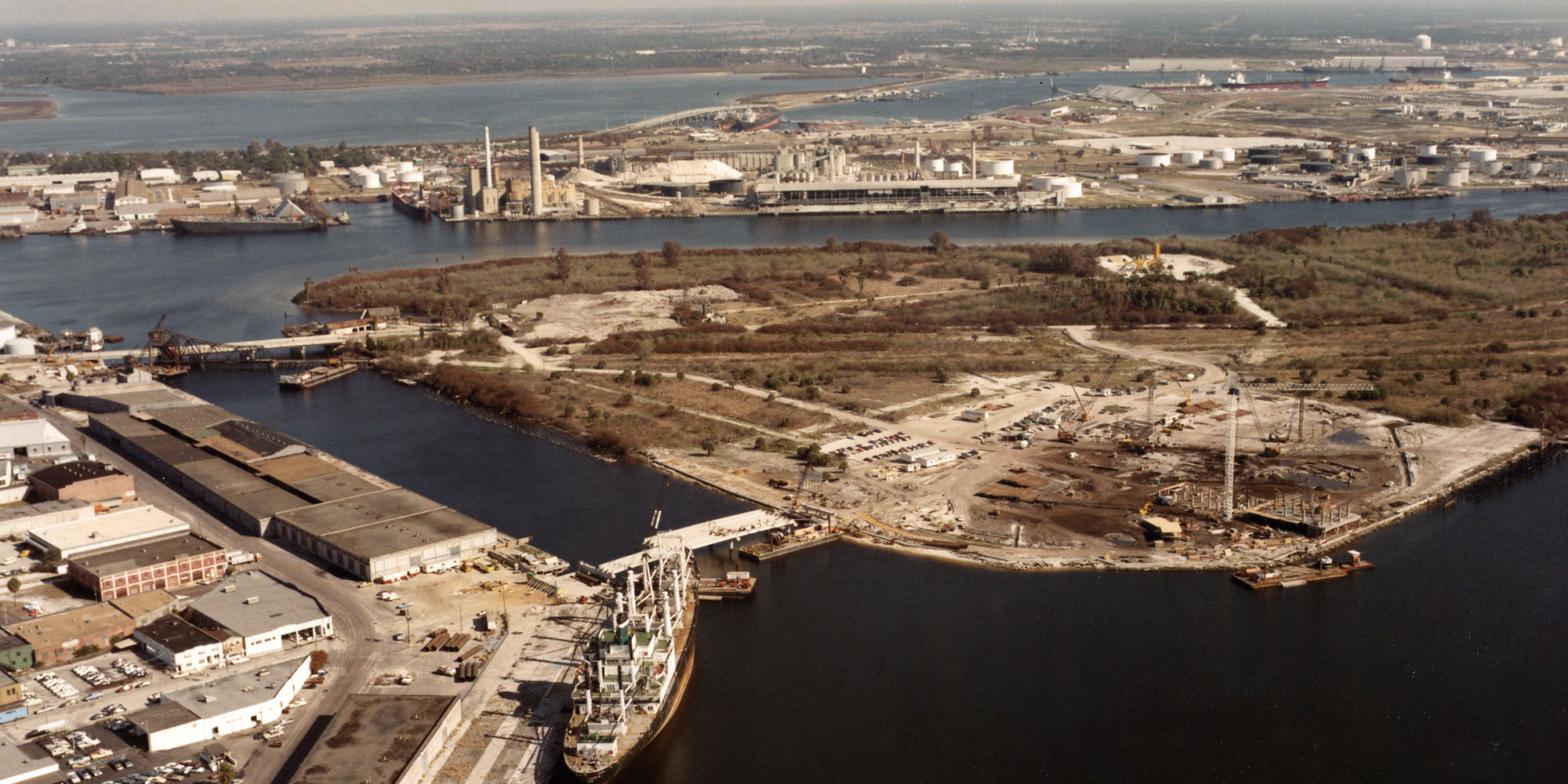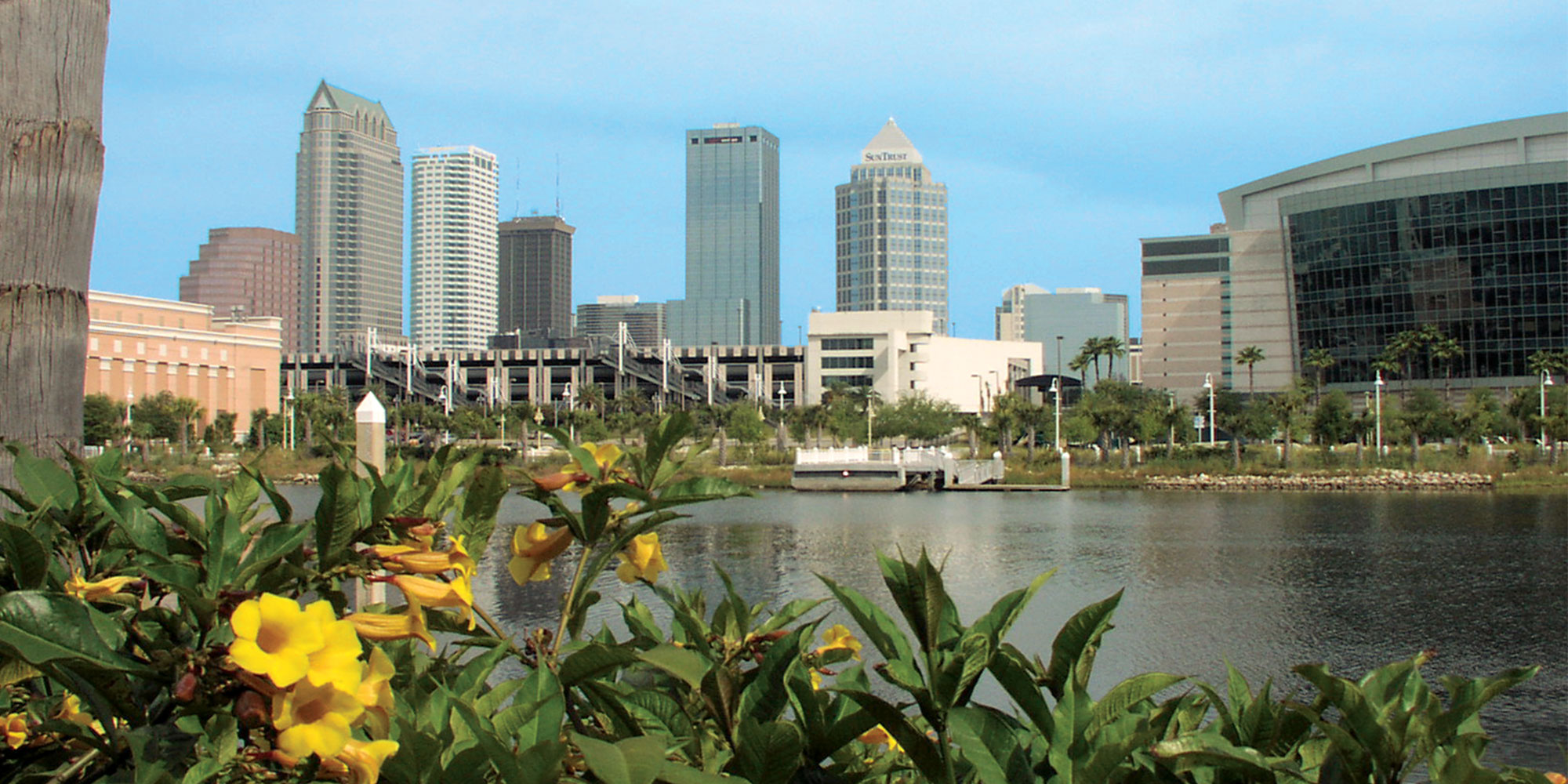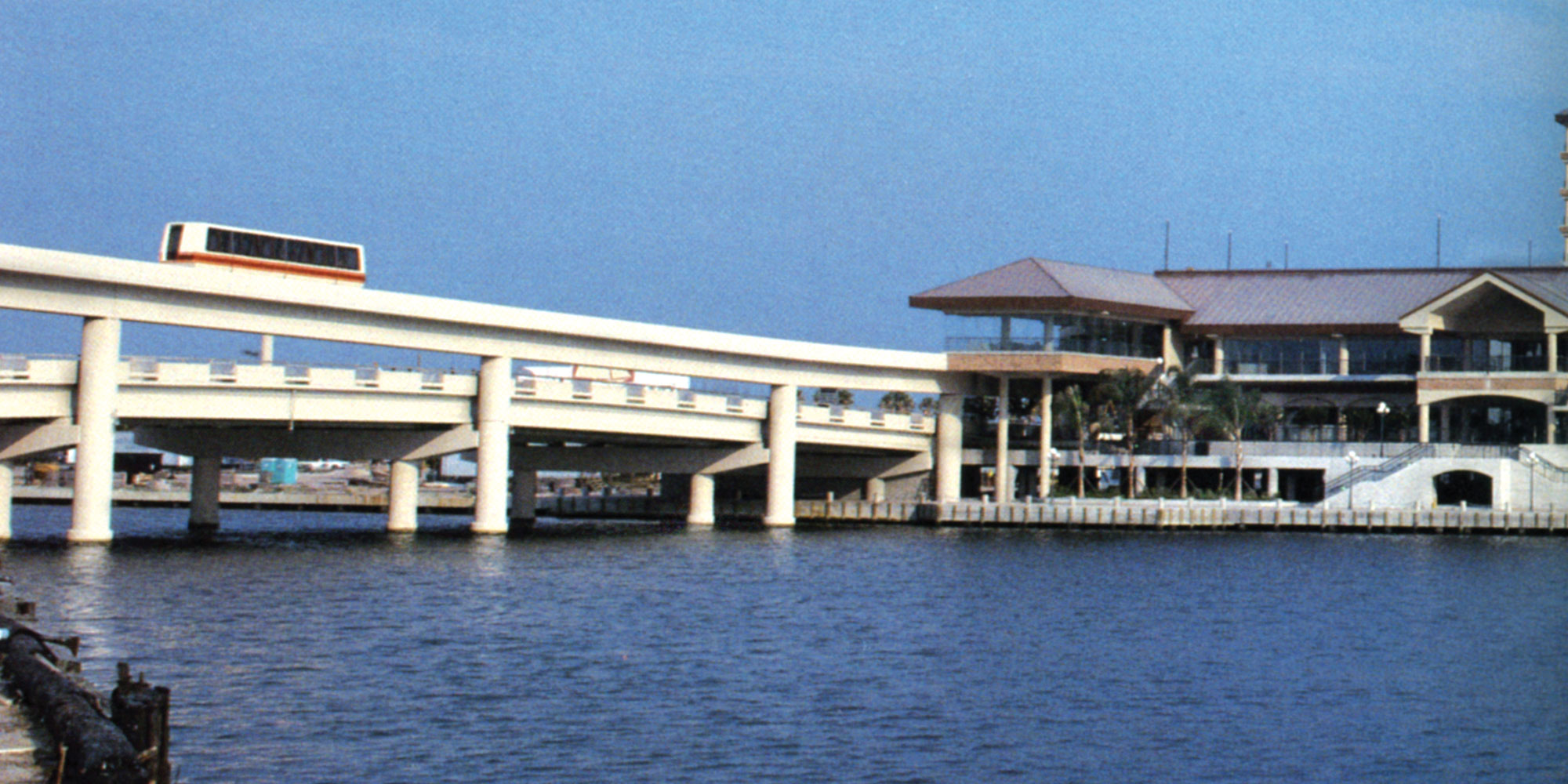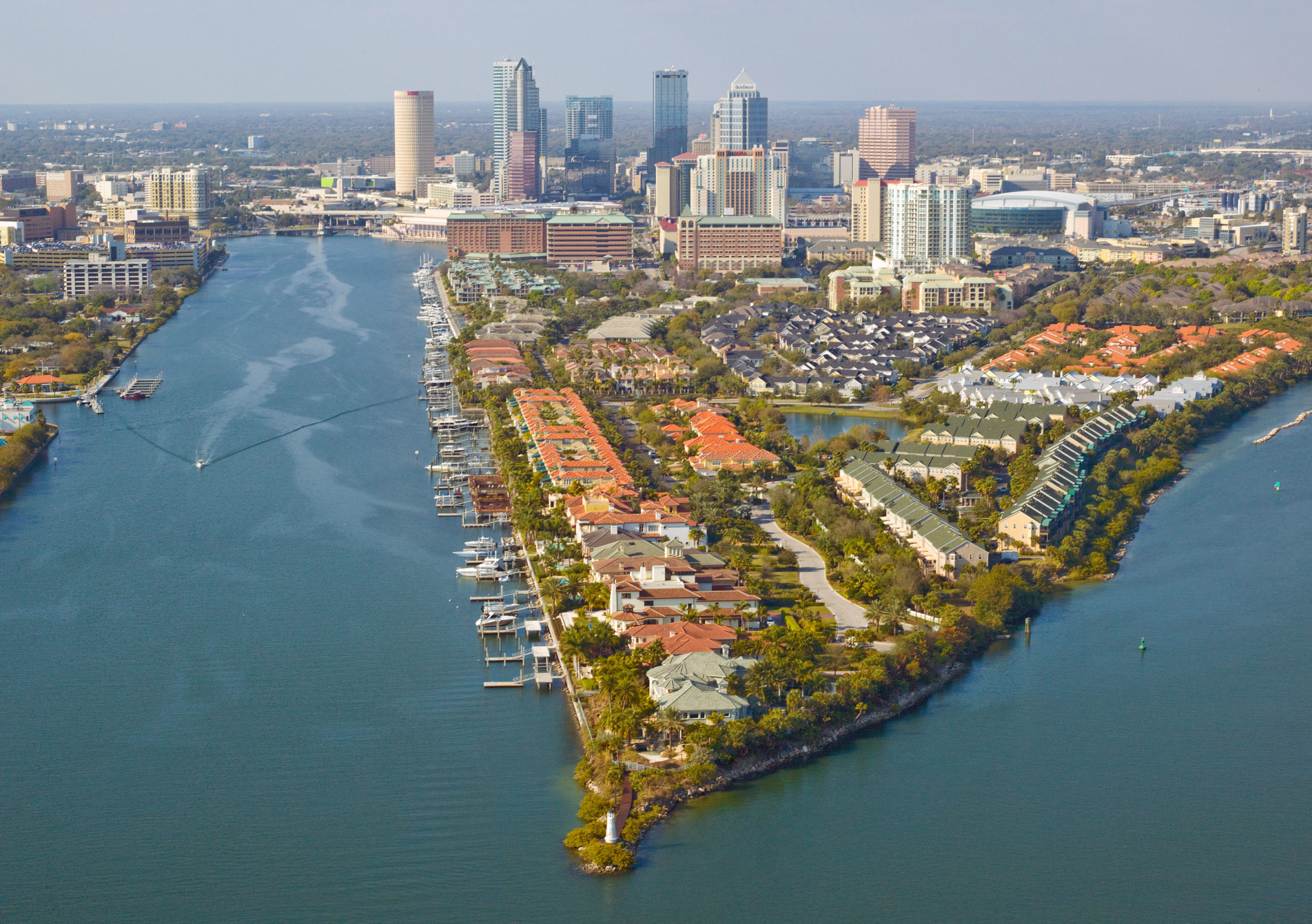There was a time when living in or near downtown Tampa was a given. Suburbs did not exist before the 1880s, and from the 1880s to the 1910s, when Tampa Heights and Hyde Park became popular, they were located within walking or streetcar distance to downtown. There was also a time, from the late 1940s to the 1980s, when living in close proximity to downtown was unheard of, unless you were (in the words of city and census officials) either homeless or temporarily confined to the Morgan Street jail.
We are now seeing a renaissance in urban living, where people are viewing Tampa’s urban core as a place to live — and increasingly to play. The resurgence of urban living started with the historic rehabilitation of Hyde Park, beginning in the 1970s. The focus then was on the original housing stock and was confined to a smaller section of the larger neighborhood.
During that same time, there was a movement in Tampa to look at another large section of land for rehabilitation. Instead of stately old Victorians and bungalows, this property was almost completely devoid of structures. It was an industrial site, formerly home to lumber yards and phosphate elevators.
Known since its creation as Seddon Island, a handful of visionaries saw it as something different. Instead of burnt out docks and feral pigs, they saw a new urban oasis. They didn’t see Seddon Island; they envisioned Harbour Island.

Seddon Island did not exist prior to 1906. In its place was a lot of water and a small portion of an island commonly known as Little Grassy Island. Little Grassy Island and its larger companion, the uninspiringly named Big Grassy Island, were essentially delta islands at the mouth of the Hillsborough River. They sat empty, except for mangroves, crabs and rabbits, until the United States Army Corps of Engineers was enlisted to dredge a shipping channel through Hillsborough Bay to downtown Tampa, creating the Port of Tampa.
The Corps’ shipping channel cut through Little Grassy Island on its way to the Hillsborough River. A byproduct of the dredging work was sand — lots of sand. So much sand, in fact, that engineers were able to deposit it along the eastern side of the new channel near (and on) Little Grassy Island to create a bigger island for the port’s use. One of the engineers for the Seaboard Air Line Railroad, the main benefactor of the dredging project, was named W. L. Seddon. To him goes the credit for directing the creation of his namesake island.
Seddon Island was separated from mainland downtown Tampa by Garrison Channel, which was created at the same time as the island and was also utilized as part of the new Port of Tampa. The entire waterfront, from the Hillsborough River down to the estuary (today’s Water Street district) was industrializing, and Seddon Island was at the center.
The Seaboard railroad’s freight trains accessed Seddon Island over a steel bridge that was manufactured by the Scherzer Rolling Lift Bridge Company of Chicago and put in place in 1908. The following year saw the first port’s first phosphate shipment. From that point until the 1960s, the docks, wharves, warehouses and phosphate elevators along the downtown waterfront bustled with energy. Literally millions of pounds of phosphate was shipped out from Seddon Island from 1908 to the late 1960s.

Starting in the 1950s, under the leadership of then-Mayor Curtis Hixon, the city started to clean up Tampa’s industrial waterfront. What was hoped would take a decade took almost half a century to complete, but progress appeared by the late 1960s. The riverfront, from Kennedy Boulevard north to Cass Street, initially received attention. A public library, parking garage and convention center (named in honor of Mayor Hixon) soon replaced warehouses and railroad tracks.
Downtown’s southern end had to wait until the late 1970s to receive the same attention, and among the first private projects announced, in 1981, was Harbour Island. An ambitious plan put forth by Beneficial Corporation called for a mixed use development on the formerly industrial Seddon Island. Office space, hotels, shops and homes — mostly multi-family units ranging from two-story townhomes to tall apartment buildings — dominated the early plans.

While most of the planning for Harbour Island was daring (many felt it folly to attempt a project of this scale so close to downtown), some aspects of the plan were downright pioneering. Key among these was the cable car system that was to be suspended overhead, intended to carry passengers from the center of downtown over Franklin Street and the Garrison Channel and onto Harbour Island. The plan was modified from cable cars to a People Mover — a shuttle car running on a single track high above the street from the Fort Brooke Parking Garage to the hotel building on Seddon Island.
In hindsight, an equally ambitious (and equally doomed) idea was the Shops on Harbour Island, a mall-like setting where residents and visitors could shop, eat, and be entertained day and night. Timing is everything, and the Shops were ahead of their time. They opened before there were many residents on Harbour Island, and after the initial buzz wore off few non-Island residents made the trek across the channel to sustain the Shops area.

Ultimately, the island became home to thousands of residents living in a variety of housing types. The initial idea of mostly multi-family structures gave way to a broader mix of single family homes, townhomes and high-rise apartments and condominiums. While the Shops did not survive, there is a small but vibrant restaurant scene on the north end of Harbour Island, with longtime favorite Café Dufrain anchoring a lineup of restaurants catering to a variety of different tastes.
The founders of Harbour Island succeeded in creating a planned community with amenities, businesses and services to satisfy many of the needs of island residents. They also provided the blueprint and inspiration for what came next — public and private investment in the southern end of downtown Tampa, including the Tampa Convention Center, the Florida Aquarium, Amalie Arena, the Tampa Bay History Center, three hotels and the Water Street Tampa development. Imagine what Mr. Seddon would say if he saw his island today.
Rodney Kite-Powell is the Director of the Touchton Map Library at the Tampa Bay History Center, where he joined the staff in 1995. He received a Bachelor of Arts from the University of Florida and a Master of Arts from the University of South Florida – both in the subject of U.S. history. Born and raised in Tampa, he has written and lectured extensively on the history of Tampa, Hillsborough County and Florida. He was recently named the official historian for Hillsborough County by the board of county commissioners.



